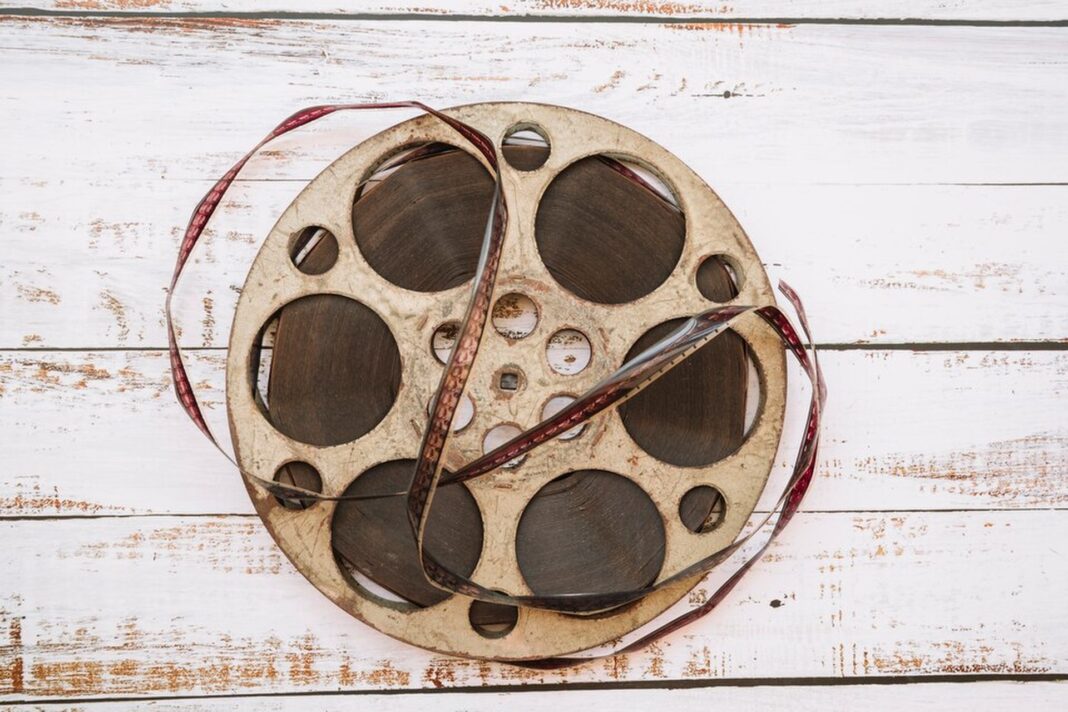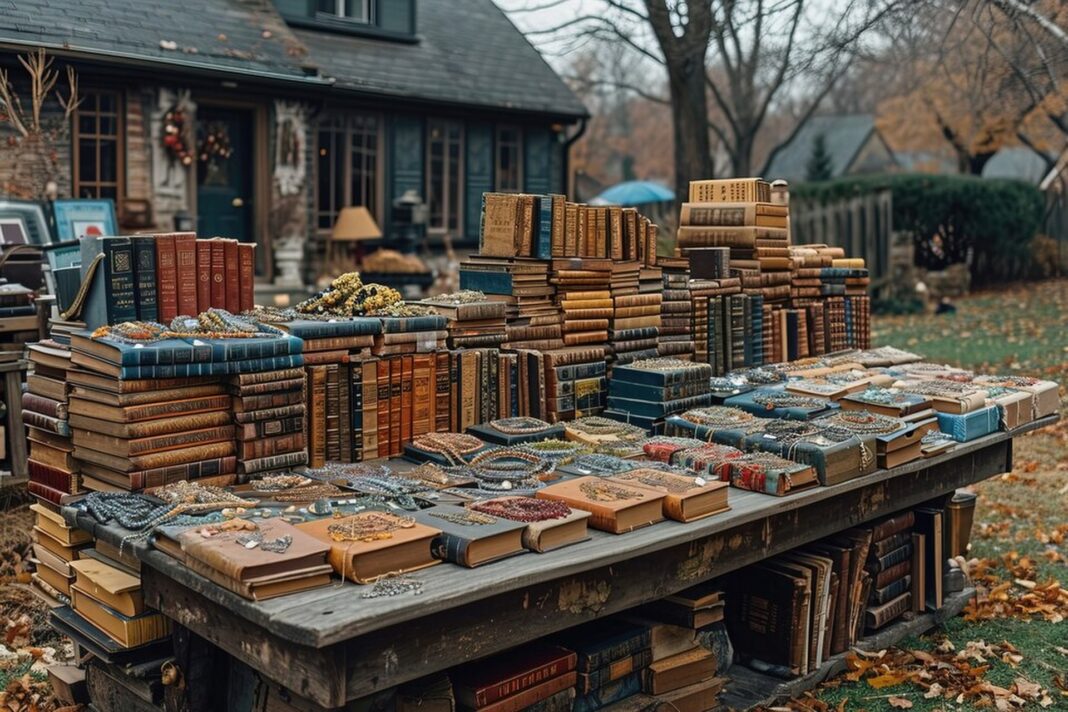Vintage films are intriguing and historically significant. Vintage film collecting lets you discover cinema history. Every film has a story about its storyline creation and period. Collectors like finding rare reels and hidden jewels. Collecting connects us to prior creatives. Having film history may be very beneficial.
Why Collect Vintage Films
Vintage films inspire nostalgia and inventiveness. Older films‘ art and workmanship attract collectors. Storytelling methods from various times provide many experiences. Collecting shows filmmaking progress.
Vintage films typically capture cultural moments. These videos may document history and depict social development. Vintage movies spark historical conversations. Collecting may be a rewarding pastime. Acquisitions provide fresh research possibilities.
Collectors learn about directors, performers and production. This enhances medium appreciation. Many discover camaraderie with other fans. Sharing knowledge enhances collecting. Vintage films are gems waiting to be unearthed, not simply celluloid.
Understanding Different Film Formats
Over the decades film formats have changed. Each format has its aesthetics. Popular antique formats include 8mm Super 8mm and 16mm. All formats serve varied purposes from home movies to professional productions.
Format affects picture quality and viewing experience. Collectors may have taste or historical preferences. Home movies on 8mm were popular in the mid 20th century. Compactness makes it accessible to the common customer.
Super 8mm increased 1960s picture and sound quality. Many collectors treasure these private cinematic moments. However educational and industrial environments used 16mm. These flicks are more professional. Digital technology has transformed film collecting.
But many fans still like the tactile aspect of antique formats. To appreciate their findings collectors seek projectors and viewing equipment. Exploring diverse media helps you appreciate cinema growth. Building a broad collection requires choosing the correct format. Film formats present diverse stories giving layers to the collector journey.
How To Start Your Collection
Starting a vintage film collection takes passion and curiosity. Personal genre interests are first. Director genre or historical time may influence this. Knowing what old films are accessible might help with collecting. Wishlists concentrate searches. Knowing what to look for simplifies collecting.
Attending film festivals and screenings helps collectors network. These gatherings generally screen old movies. Networking with other enthusiasts provides fresh knowledge. Social media and online forums are also useful. You may discuss and purchase or sell films there.
Thrift shops, flea markets and estate sales might reveal hidden gems. Successful collection building requires knowing where to search. Another option is old film sales online. Many rare film auction sites employ user evaluations to determine legitimacy.
Maintaining thorough acquisition records is wise. Documentation might contain film titles, purchase prices and condition remarks. Knowing the market and trends helps with choices. Collectorship starts with curiosity and investigation. Each film enriches personal and cinematic history.
Where To Find Vintage Films
Vintage film hunting is fun. Collectors may buy films from several sources. Vintage media businesses like video and secondhand stores carry rare titles. These places are exciting to explore. Looking through old film boxes sometimes reveals hidden treasures.
Online markets are great. Many websites target antique film enthusiasts. Numerous postings are on eBay Etsy and speciality auction sites. Finding dealers that love antique films may make transactions fun. Check seller ratings and reviews before buying to guarantee a good experience.
Film festivals and museums provide many chances. Many gatherings show old films or arrange fan film exchanges. Local museums may sell or lend collections. Networking at these gatherings might lead to collectors selling privately.
Social media helps find films. Instagram and Facebook have vintage film exchange groups. Shared collections and sold films are common. Joining these communities improves title searches. Participants also bond with other collectors.
Caring For Your Film Collection
Vintage films need proper handling. Environmental elements including light humidity and temperature affect films. Keeping films cold and dry prevents deterioration. Avoid direct sunlight to prevent film deterioration.
The organization preserves collection quality. Archival enclosures prevent dust and physical harm to films. Labeling boxes and inventorying titles help locate films. Each film must be handled carefully to prevent scratches and rips. Cotton gloves remove fingerprints on film.
Regular inspections are needed. Detecting wear and degeneration facilitates quick repair. Films may be improved by proper cleaning with the right instruments. Many collectors digitize their favorite films for convenient viewing. Digital formats make sharing and watching movies easier while conserving them.
Knowing film care tips extends its lifespan. Professionals may advise on storage and handling. Joining collector groups or forums fosters experience sharing. A proactive approach will preserve a collection for future generations.
Restoration And Preservation Techniques
Vintage films need restoration and preservation. The procedure typically requires specific expertise and methods. Many films are cleaned to eliminate dirt and grime. This must be done before digital transmission or archiving. Many collectors choose expert help for substantial work.
Film preservation sometimes involves digitalization. Digitally converting films improves viewing while preserving the original. This makes movies more accessible. Digital copies make sharing with relatives and friends easier. A digital backup may prevent physical loss or harm.
Archives may greatly prolong a film lifetime. Use acid free products to maintain film quality. A regulated atmosphere prevents temperature variations in films. Regular monitoring protects films against light and humidity.
Working with skilled restorers may provide excellent results. Damage like rips or missing frames may be repaired. Professionals employ modern technologies to repair films. Collectors should consider repair costs and advantages. Each activity may enhance vintage cinema enjoyment.
How Do I Determine The Value Of My Vintage Films?
Vintage film value depends on various things. The film rarity matters. Limited releases and classic films are worth more. Condition matters too. Well preserved films cost more than worn ones. Demand affects value. Popular films may increase in value due to collectors. For clarity explore related titles and previous sales.
Expert opinions may be obtained via appraisals. Professional appraisers know the market and can provide market based assessments. Online forums and collector clubs may reveal prices. Beginners may appropriately appraise their films by talking to experienced collectors.
Where Can I Buy Vintage Films Safely?
Collectors must buy antique films carefully. Auction sites like eBay provide buyer security. For a reliable purchase check seller ratings and comments. Vintage film websites are another safe alternative. These film focused sites are more trustworthy.
Flea markets and local businesses might often have good buys. The purchase experience may be improved by knowing store owners. They may reveal film quality. Auctions may provide rare items. The auction house must be researched beforehand to guarantee legitimacy.
Online film collector groups provide private sales. Many aficionados sell videos directly to one other making transactions safer. Most importantly, following one intuition and doing research improves buying experiences.



